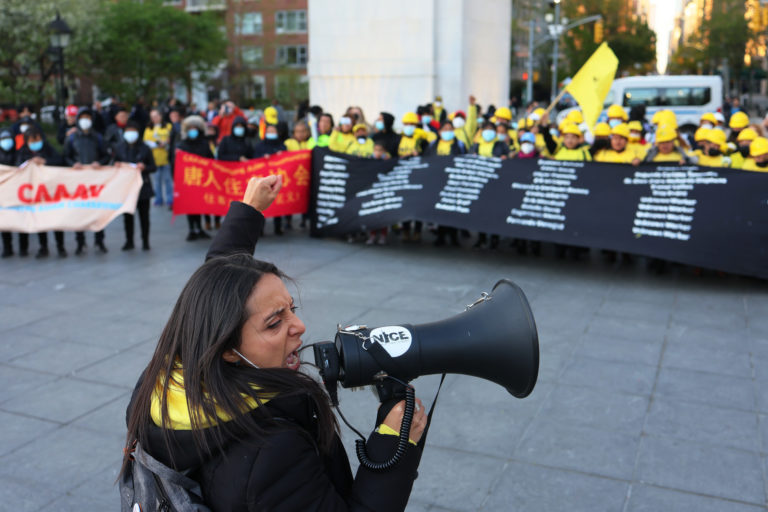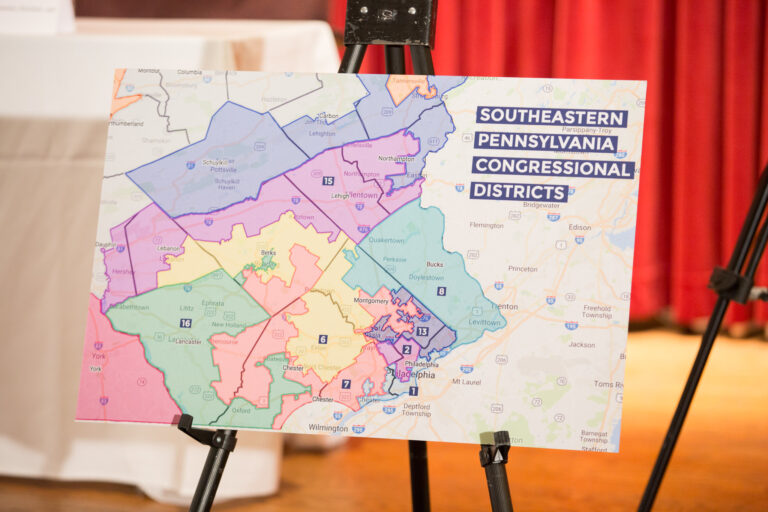
Andrew Strom is a union lawyer based in New York City. He is also an adjunct professor at Brooklyn Law School.
Many Court watchers think it is a foregone conclusion that the Supreme Court will grant the cert petition in Janus v. AFSCME, and then overturn the forty-year old decision in Abood v. Detroit Board of Education. While I’m not willing to bet against that, it’s worth noting that to reach that result the Court would need to ignore a series of recent cases requiring plaintiffs to plead facts rather than conclusory assertions.
Mark Janus, an Illinois state employee, claims that his First Amendment rights are being violated because, as a condition of his employment, he is required to pay an agency fee to the American Federation of State, County, and Municipal Employees (AFSCME) to act as his bargaining representative. In his cert petition, Janus’s lawyers assert that his rights are being violated because he is compelled to subsidize speech that he does not wish to support. But, if you look at the complaint that started this lawsuit, Janus does not identify where he specifically disagrees with actions taken by AFSCME in its capacity as his collective bargaining representative. Instead, all he says is that he “believes that AFSCME’s behavior in bargaining does not appreciate the current fiscal crises in Illinois and does not reflect his best interests or the interests of Illinois citizens.” This bare conclusory statement is a stark contrast to the pleading by the plaintiffs in Keller v. State Bar of California, a similar First Amendment case challenging mandatory State Bar fees. In Keller, the plaintiffs identified a long list of particular activities and positions that they found objectionable. They identified lobbying on ten different specific issues, amicus briefs that the State Bar had filed on four issues, and resolutions that the State Bar had adopted on six issues. Likewise, in Glickman v. Wileman Brothers & Elliott, where the Court upheld a marketing order that required California tree fruit growers to contribute to generic advertising, the Court relied upon a voluminous administrative record that allowed the Court to consider the benefits of the generic advertising to all growers, the extent to which the objecting growers disagreed with the content of particular messages, and the relationship of the advertising at issue to the entire regulatory scheme.
In recent years, the Supreme Court has made it easier for defendants in lawsuits to file motions to dismiss. In two cases, Bell Atlantic Corp. v. Twombly, and Ashcroft v. Iqbal, the Court has stated that to survive a motion to dismiss “threadbare recitals of the elements of a cause of action, supported by mere conclusory statements, do not suffice.” The Court has further explained that “[w]hile legal conclusions can provide the framework of a complaint, they must be supported by factual allegations.” When workers have sued their employers, lower courts have often relied on Twombly and Iqbal to dismiss the workers’ claims without allowing any discovery. For instance, in McCleary-Evans v. Maryland Department of Transportation, a divided Fourth Circuit panel dismissed race and gender discrimination claims filed by an African-American woman on the grounds that the allegations in her complaint were “no more than conclusions.” Her complaint asserted that she applied for two positions, she set forth in detail her qualifications for the positions, she identified two individuals who were responsible for denying her applications, and she alleged that based on her experience in her interview and her knowledge of previous hiring decisions by those same two individuals, she believed that she did not get the positions because of her race and gender. The majority on the court explained that the complaint was inadequate because it did not include facts regarding what transpired during her interview, and it did not include facts regarding the other candidates for the jobs.
Janus’s statement that AFSCME’s “behavior in bargaining does not appreciate the current fiscal crises in Illinois” is thoroughly inadequate to address the extent to which his ideological disagreements with AFSCME permeate the entire collective bargaining process. Consider that in Glickman the objecting tree fruit growers complained about funding generic advertising that in their opinion “rewards mediocrity by advertising all varieties of California fruit to be of equal quality.” There, the Court concluded that “the fact that respondents may prefer to foster [their] message independently in order to promote and distinguish their own products” was not sufficient to state a First Amendment violation. The Court further explained that “the mere fact that objectors believe their money is not being well spent does not mean that they have a First Amendment complaint.”
While Janus alleges that AFSCME does not appreciate Illinois’s fiscal condition, he fails to acknowledge that much of the collective bargaining agreement is revenue neutral. For instance, in addition to setting forth the vacation entitlement for employees, the agreement sets forth a procedure for scheduling vacation, it has rules regarding whether vacation may be taken in increments of less than a day, and it provides the circumstances when the employer may provide pay in lieu of vacation. The agreement also addresses alternative work schedules and temporary assignments. A large section of the collective bargaining agreement addresses a training and internal promotion program known as the Upward Mobility Program. Under that program, the employer maintains a centralized listing of job opportunities, it offers classes to employees so that they may qualify for promotions, it requires workers who take these classes to commit to working two more years or else reimburse the employer, and it has rules for filling vacancies. Another provision in the collective bargaining agreement provides for leaves of absences for employees – these leaves cover a wide range of circumstances, including military reserve training, peace corps leave, adoption leave, and educational leave. It’s hard to believe anyone would have an ideological objection to all of these leaves. Finally, the agreement sets up joint labor/management safety and health committees for each work location, and it contains various provisions addressing health and safety concerns, such as exposure to communicable diseases. The entire collective bargaining agreement is 196 pages long, and it covers many workplace procedures in considerable detail. When public employees have sued their employers, the Supreme Court has been quick to assert that it does not want to “constitutionalize the employee grievance.” Yet this seems to be exactly what Janus is asking the Court to do. Janus complains that he does not want to fund AFSCME’s actions as the bargaining agent for him and his fellow employees. But, undoubtedly the great bulk of any agency fees he objects to are spent on those very same employee grievances that the Court has said it does not want to “constitutionalize.” At a minimum, the Court should not allow conclusory pleadings in a bare-bones complaint to form the basis for a decision overturning long-settled law.










Daily News & Commentary
Start your day with our roundup of the latest labor developments. See all
December 19
Labor law professors file an amici curiae and the NLRB regains quorum.
December 18
New Jersey adopts disparate impact rules; Teamsters oppose railroad merger; court pauses more shutdown layoffs.
December 17
The TSA suspends a labor union representing 47,000 officers for a second time; the Trump administration seeks to recruit over 1,000 artificial intelligence experts to the federal workforce; and the New York Times reports on the tumultuous changes that U.S. labor relations has seen over the past year.
December 16
Second Circuit affirms dismissal of former collegiate athletes’ antitrust suit; UPS will invest $120 million in truck-unloading robots; Sharon Block argues there are reasons for optimism about labor’s future.
December 15
Advocating a private right of action for the NLRA, 11th Circuit criticizes McDonnell Douglas, Congress considers amending WARN Act.
December 12
OH vetoes bill weakening child labor protections; UT repeals public-sector bargaining ban; SCOTUS takes up case on post-arbitration award jurisdiction